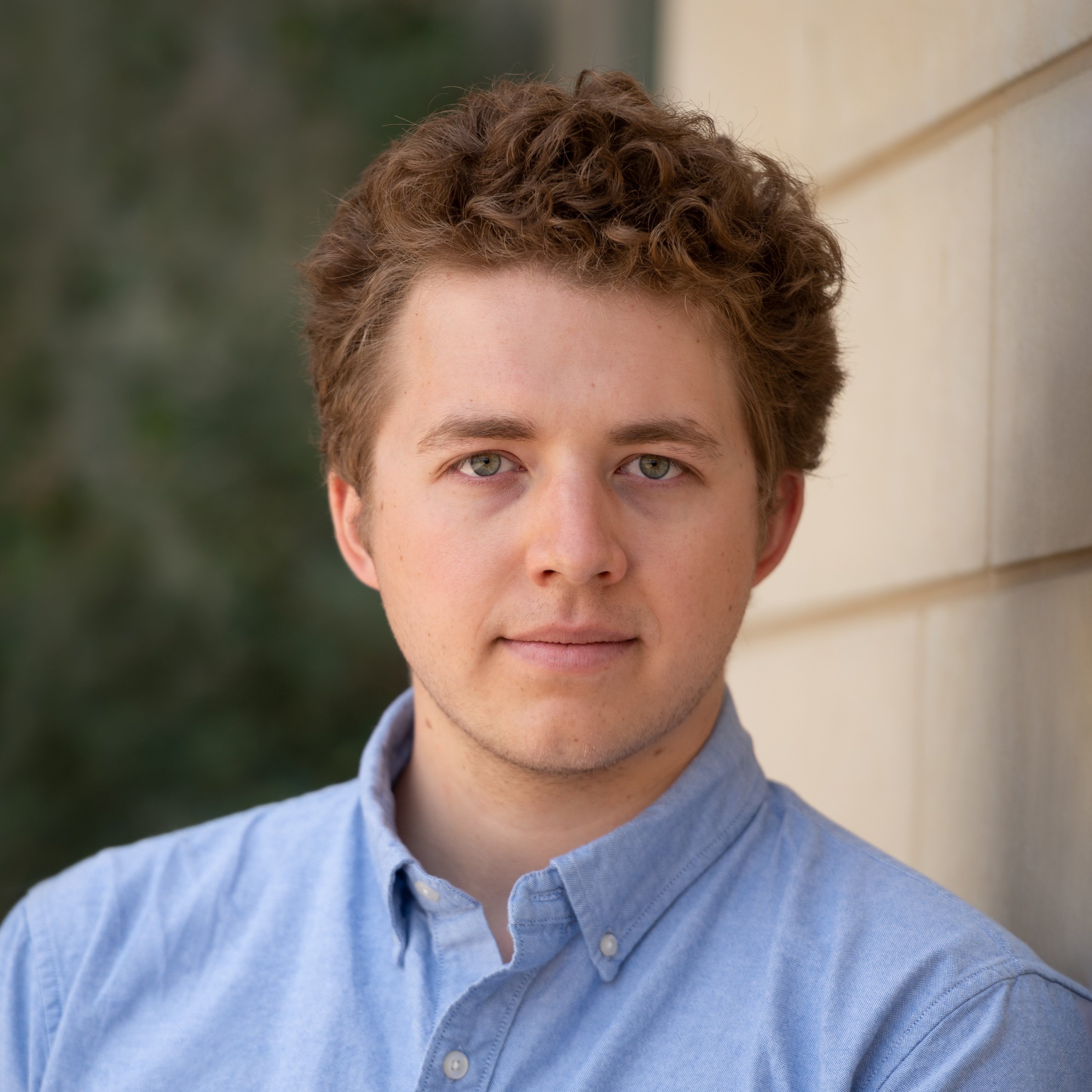
Zach does LLM interpretability and software
I’m working on independent mech interp research these days! Open to consulting software work.
| Quick Links | |
|---|---|
| hey@zachmaas.com | |
| /in/zach-maas | |
| GitHub | @zmaas |
| Posts |
|---|
| Research Notes: Sequence to Read Models: Notes on training biological transformer models from my graduate work |